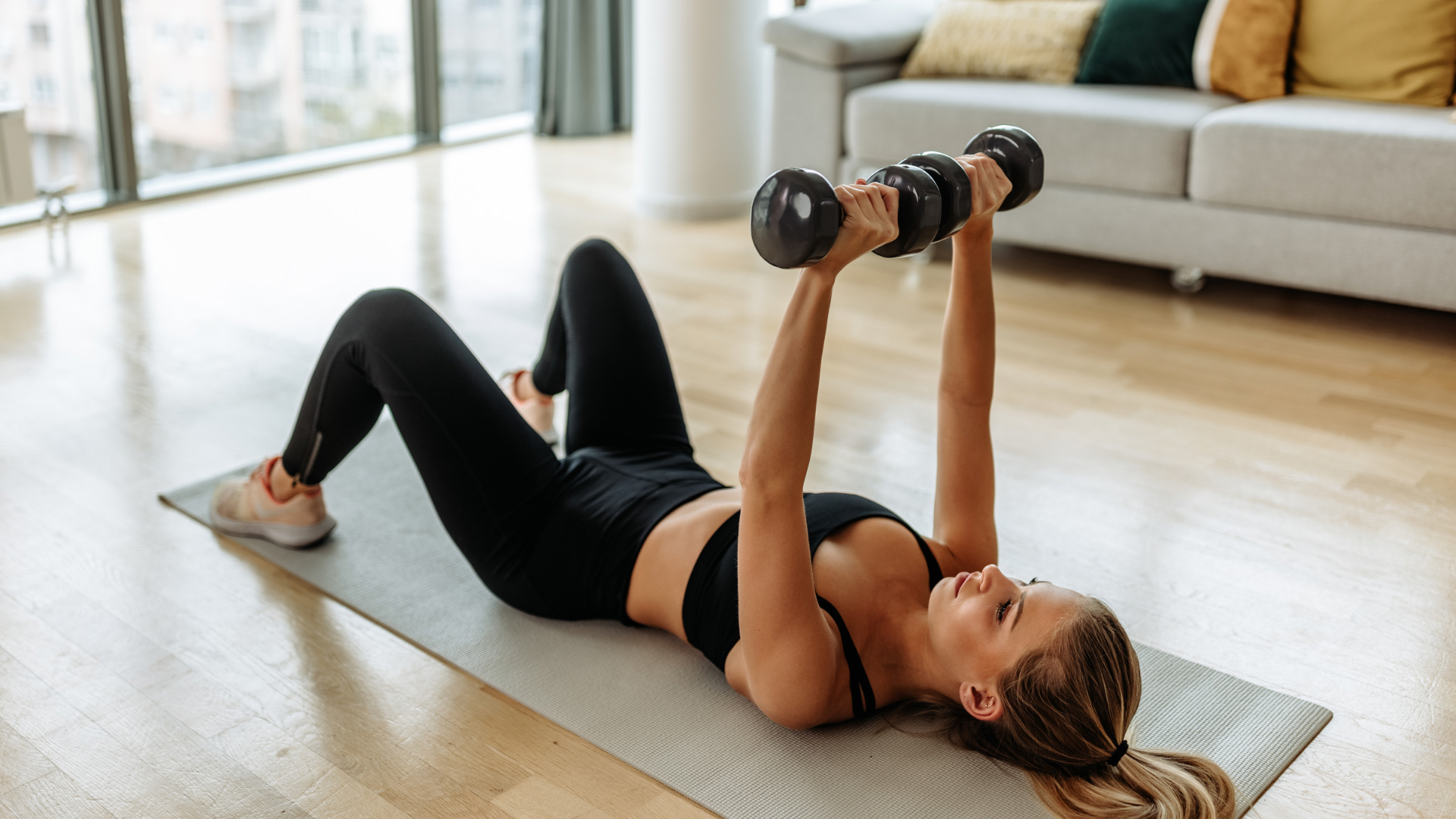January 15, 2025
Alexandra Trusova Expecting a Child
February 19, 2025

Quality Over Quantity: The Core Principle
In the pursuit of fitness, the question of workout duration often arises. While there’s no magic number, the most crucial factor is the quality of your workout, not necessarily the quantity of time spent exercising. A focused, high-intensity 30-minute session can often yield better results than a distracted, meandering hour. It’s about maximizing your effort within the time you have. Prioritize exercises that target your specific fitness goals, whether it’s building strength, improving cardiovascular health, or increasing flexibility. Remember, consistency is key; short, effective workouts done regularly are more beneficial than sporadic, lengthy sessions.
Tailoring Time to Your Goals and Lifestyle
The ideal duration of your daily workout depends heavily on your fitness goals and lifestyle. If you’re aiming to build muscle mass, strength training sessions might last 45-60 minutes, focusing on compound exercises and progressive overload. For cardiovascular fitness, 30-45 minutes of moderate-intensity cardio or 20-30 minutes of high-intensity interval training (HIIT) can be highly effective. Consider your schedule and commitments; if you have limited time, prioritize shorter, more intense workouts. If you enjoy longer sessions, incorporate activities like yoga or Pilates, which can be beneficial for flexibility and mental well-being. The key is to find a balance that fits your life and keeps you motivated.

The Power of Short Bursts and Active Recovery
Don’t underestimate the power of short bursts of exercise throughout the day. Even 10-15 minute mini-workouts can contribute to your overall fitness. Incorporating active recovery, such as light stretching or a brisk walk, can also be beneficial on rest days or between intense workouts. This helps improve circulation, reduce muscle soreness, and promote recovery. Active recovery can be integrated seamlessly into your day, making it a sustainable habit. Remember, fitness isn’t just about structured workouts; it’s about incorporating movement into your daily life.
Listening to Your Body: The Ultimate Guide
Ultimately, the best way to determine the optimal workout duration is to listen to your body. Pay attention to how you feel during and after exercise. If you’re consistently feeling fatigued or experiencing pain, it might be a sign that you’re overtraining. Conversely, if you’re not feeling challenged, you might need to increase the intensity or duration of your workouts. Find a rhythm that works for you, and don’t be afraid to adjust your routine as needed. It’s a journey, not a race. Building a sustainable workout routine is about finding what works for you and your unique needs, and consistently adapting to your body’s feedback.
By Vitalina Andrushchenko, Staff Writer

January 15, 2025
Alexandra Trusova Expecting a Child

April 05, 2025
Alexandra Trusova and Makar Ignatov Reveal the Gender of Their Future Child

December 26, 2024
2025 World Junior Championship Schedule